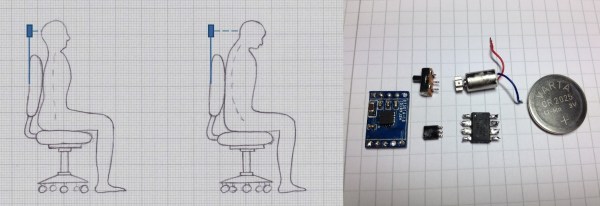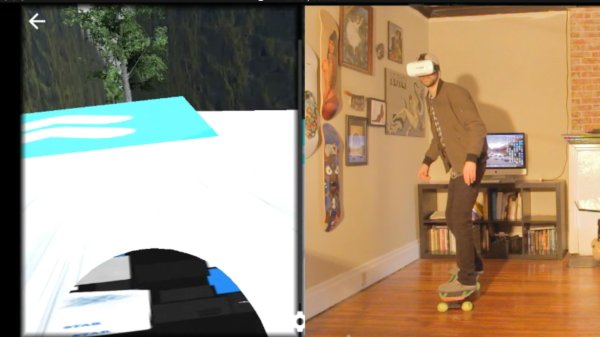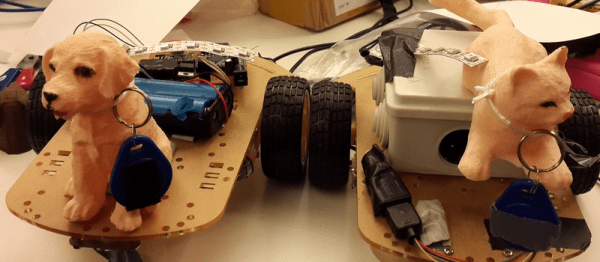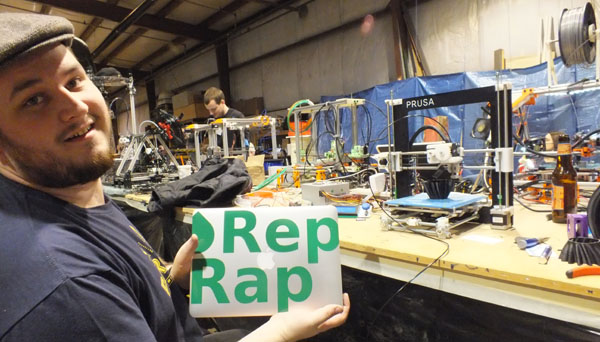Hey you! Are you slouching? Probably. It might not seem like such a bad thing to do, but if you plan on sitting comfortably at that desk for the next 5-10 years or so, you’ve really gotta watch your posture. This is a problem [Max] has been trying to solve for a while now — and now he’s attempting to do it with a posture sensor.
His first take on this project utilized an ultrasound range finder, mounted to the back of a chair. Once calibrated, you would have to maintain a certain distance from the back of your head to the sensor, thus, keeping your back straight. It worked, but it wasn’t the greatest.
Next up, he tried utilizing a webcam and facial recognition software to determine if he was slouching forwards, backwards, or (however unlikely), maintaining good posture. It was better than the first prototype, but still needed some refinement. Now he’s onto his third iteration — this time, a wearable posture sensor!
Continue reading “Posture Sensor Reminds You To Sit Up Straight!”


















